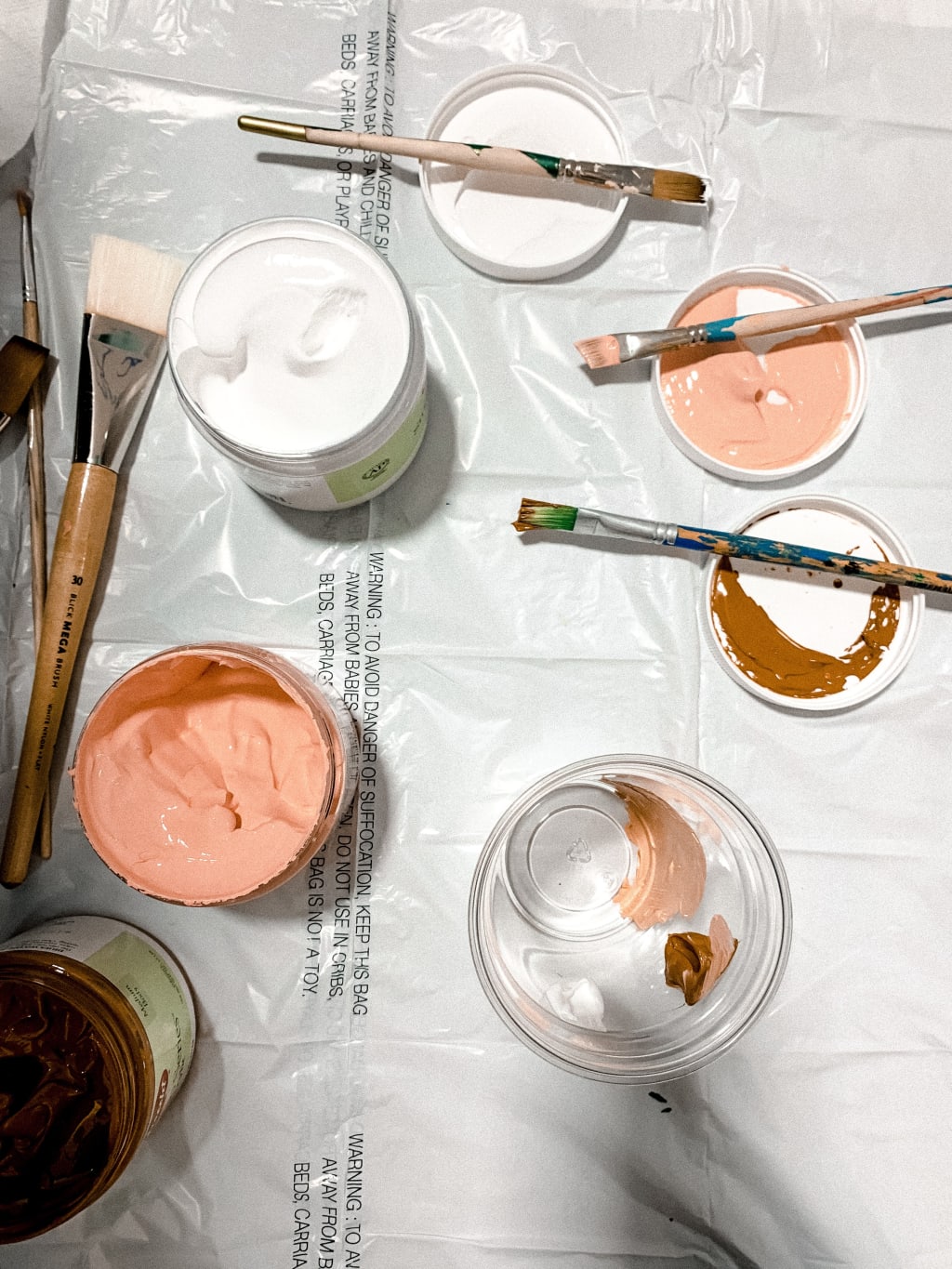5 Art Painting Tips To Get A Perfect Finish
Want a perfect finish? Read this for more tips:

As an artist, creativity is vital and goes a long way in ensuring relevance. Thanks to versatility, artists are free to try out something new and see what comes out of their experiments.
Getting a perfect finish should be just as fun and adventurous, especially if you have proper guidelines in place. Here are art painting tips to help you get a flawless finish.
Get the Right Paint
The result of your finish is highly dependent on the type of paint you settle for. Getting the right kind of paint assures you of a trouble-free finish episode.
If you’re looking to try your hand in African art paintings, all the more reason to familiarize yourself with quality paints. Here are factors to consider that should make it easier for you when shopping for art prints:
Your Preferred Paint’s Cost
Cheap is certainly expensive and will end up costing you dearly. What’s more, something cheap only yields poor results in the long run. Shop around online for art paints whose prices are in line with their reviews.
The contents of the paint Carry out intensive research before buying the right paint, especially if it’s your first time to venture into art.
Among your research items should be the kind of solvents used in the manufacture of the paint. Some of them may be highly poisonous and may end up being fatal when you leave them lying around.
What’s more, explore the different kinds of paints that are currently available on the market. For instance, here are the paints that most artists are conversant with:
Acrylic Paint
It has several advantages, including the ability to dry fast, can mix easily with water, it’s easy to clean the brushes using water once you’re done painting, it’s water-resistant, doubles up as glue, and can therefore come in handy when it comes to college.
Oil Paint
One of its greatest advantages is that it dries quite slowly compared to its acrylic counterpart. This allows you to blend different colors and gives you ample time to work on other portraits too. Oil paints also maintain their levels of intensity when they are all dried up.
Watercolor Paint
It is relatively easy to use, and artists of all ages can embrace it. Watercolor paint only entails mixing paint with water in all the right amounts to achieve quality results.
It lasts longer since you only need to add water to the remaining amount of paint hence the reusability factor. It’s also affordable to an artist who’s on the verge of launching a career in art and painting.
Pastels
You won’t need to waste your time waiting for pastels to dry because they take the shortest time to do so. It comes in a wide array of colors for you to choose from. Since you mix the colors on water, you will not need to use brushes and clean them afterward. You can also use it easily without the confines of the art studio.
Purchase Quality Brushes
The tools you choose to use are a determining factor in the overall finish of your artwork. Shop carefully for paintbrushes that will deliver exactly what you’re looking for.
Ensure that the brushes you purchase are in line with the type of paint you opt for. For example, acrylic paint requires you to use a specific set of brushes. They are made from synthetic material and come in a wide variety of shapes.
As an artist who wishes to expand their trade, stock your studio up with brushes of all sizes. Each of them complements the other and brings out your best products yet.
The brushes’ ability to hold as much water as possible is a key factor. You’ll need a substantial amount of water to aid your painting projects. Check the manufacturer’s instructions on this factor before making your purchase.
Your level of expertise in using the brushes will also determine the outcome of your paint finish. Invest ample time into practice sessions that will assure you of seamless painting sessions using the right brushes.
Mix Your Paints Evenly
As mentioned earlier, an artist works with different types of paints to achieve a perfect finish.
Ensure that you have accurate paints at your disposal at all times. Uncover your vast knowledge of colors as an artist to unleash exotic colors that will accentuate your finish.
Mixing paints can be quite an involving process that requires you to be very keen. Get other tools such as a palette knife or even a plastic knife of your choice to make mixing easier.
Select Your Base Wisely
For some painters, gesso works perfectly as a base since it works best, especially when dealing with acrylic paints. It acts as a base due to its ability to make the surface smoother during the painting process.
The modern gesso has undergone a series of tests and processes which have made it stand out from the traditional version. Latex makes it different from its conventional counterparts.
Final Thoughts
Art is a vast subject and has existed for thousands of years. Thanks to technology, all interested parties have an equal chance to access viable learning material on art and everything that encompasses it.
About the Creator
Enjoyed the story? Support the Creator.
Subscribe for free to receive all their stories in your feed. You could also pledge your support or give them a one-off tip, letting them know you appreciate their work.





Comments
There are no comments for this story
Be the first to respond and start the conversation.